Snabba, effektiva jägare
Rovdjur finns i en mängd olika former på jorden och de jagar sina bytesdjur med många olika tekniker. Vissa rovdjur ligger i bakhåll och attackerar plötsligt, medan andra är aktiva jägare, som förlitar sig på snabbhet. Evolutionen har skapat olika anpassningar till aktiva jägare. De har ofta välutvecklad syn, och kan springa, simma, flyga eller hoppa mycket snabbt. Kroppen kan vara trådsmal, eller strömlinjeformad för att kunna ta sig fram snabbt i vatten. På land kan däggdjur ha långa ben och mycket slank kropp, med kraftiga bakbensmuskler. Och i luften har fåglar utvecklat förmågan att störtdyka i jakt på mat.
Geparden är världens snabbaste landlevande djur. När den jagar kan den komma upp i hastigheter på 120 km/h - alltså lika snabbt som den högsta tillåtna hastigheten på motorvägar i Sverige.
Bild: Malene-Thyssen-CC-BY-SA
Tornseglare är fåglar som lever i stort sett hela sina liv i luften. De jagar insekter, och kan tack vare sin kroppsform komma upp i en flykthastighet över 100 km/h.
Bild: AlexeySokolov1971-CC-BY-SA
Den afrikanska busksnokens trådsmala kropp och stora ögon berättar att den är en aktiv jägare.
Bild: Johanna-Rylander-Malmö-Museer
Kungskobran är lång och slank, men världens största giftorm. Den är en aktiv jägare.
Bild: Michael-Allen-Smith-CC-BY-SA
Kvicka ormar och attackerande spindlar
Den pigga, afrikanska busksnoken är dagaktiv, trådsmal och snabb. Den rör sig smidigt ibland grenar och kvistar, i jakt på ödlor och grodor. Kobror, kallas flera arter av giftiga ormar i Afrika och Asien. De har förmågan att resa upp framkroppen och fälla ut de främre revbenen så att skinnet dras isär till en sköld. När de fångar bytet kan de kasta sig blixtsnabbt över det.
Hoppspindlar är en av världens artrikaste spindelfamiljer. De spinner inte fångstnät för att fånga sina byten, utan hoppar i stället blixtsnabbt på bytet. När en hoppspindel rör sig från ett ställe till ett annat, skjuter den i väg sin egen väv mot platsen den hoppar ifrån. Om spindeln sedan skulle missa att landa på platsen den hoppar mot, kan den hala sig tillbaka med hjälp av väven.
Hoppspindlarna har bäst syn av alla spindlar - en bra egenskap hos en aktiv jägare.
Bild: Swaroopsingharoy-CC-BY-SA
Barracudan är smal och strömlinjeformad. Den jagar ofta i grupp och simmar mycket snabbt.
Bild: edmands-CC-BY
Späckhuggaren är en aktiv jägare, som ofta kombinerar sin snabbhet med att jaga i grupp.
Snabba jägare i vatten
Barracudan är en stor rovfisk, med stora sylvassa tänder i två rader. Barracudan hittar sitt byte med hjälp av synen, och äter fisk av många olika arter. Arten kan komma upp i 35 km/h. När den valt ut ett byte, kastar den sig som en torped genom vattnet efter det.
Späckhuggaren är ett däggdjur som lever i vatten. Den har förmågan att simma upp till 56 km/h i ruscher efter byten. Den äter allt från fisk och fågel till andra marina däggdjur som säl och sjölejon. Späckhuggare är mycket intelligenta, och kan välja att jaga både ensamma och i grupp. De använder ekolokalisering för att hitta byten.
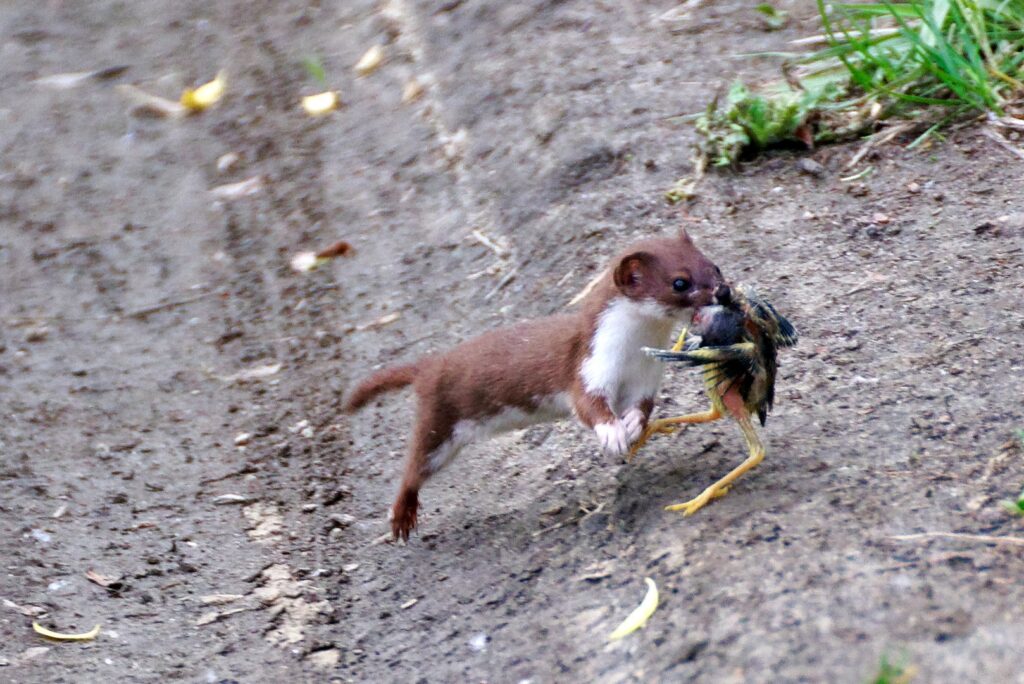
Bild: Jakub-Halun-CC-BY-SA
Snabb som en vessla
Vesslan är ett litet mårddjur som är vanlig i Sverige. Vesslans kropp är liten, spolformad och mycket vig. Vesslan letar upp smågnagare, och springer sedan i kapp och hugger dem blixtsnabbt. Som många andra aktiva jägare, har vesslan mycket hög ämnesomsättning. Det gör att den måste äta ofta, och i stor mängd i förhållande till kroppsvikten.
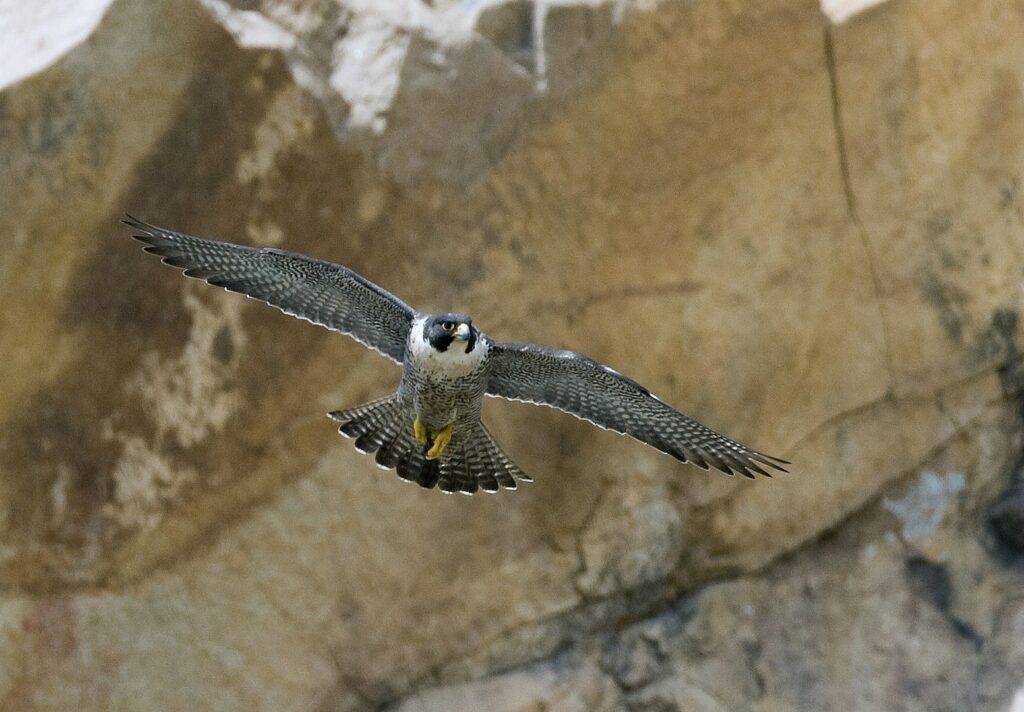
Bild: Kevin-Cole-CC-BY
Störtdykande fåglar
Många arter av rovfåglar, som falkar och hökar, har utvecklat en mycket effektiv jaktteknik. De använder sin fantastiska syn för att lokalisera byten på marken. Sedan störtdyker de, med vingarna fällda bakåt för att minska luftmotståndet, och slår bytet med klorna.

Vietnamesisk långnossnok
Gonyosoma boulengeri
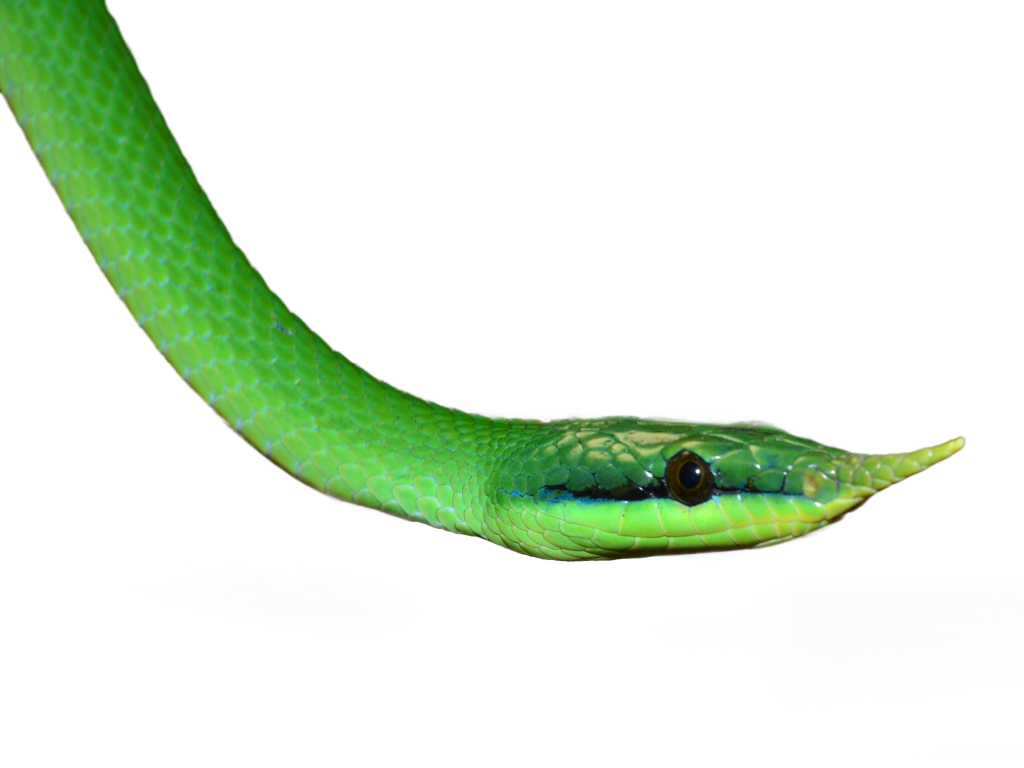
Mjuk och böjlig nos
Den långa ”nosen” på vietnamesisk långnossnok fungerar inte som en riktig nos eller näsa. Den är inte uppbyggd av ben, och används inte heller för att lukta med. Varför ormen har en så lång ”nos” vet man inte riktigt. Vissa forskare menar att den används i parningsritualer för att stångas med. Men nosen är mjuk och böjlig eftersom den är uppbyggd av hud och fjäll – och varför den finns har ingen riktigt kunnat bevisa.
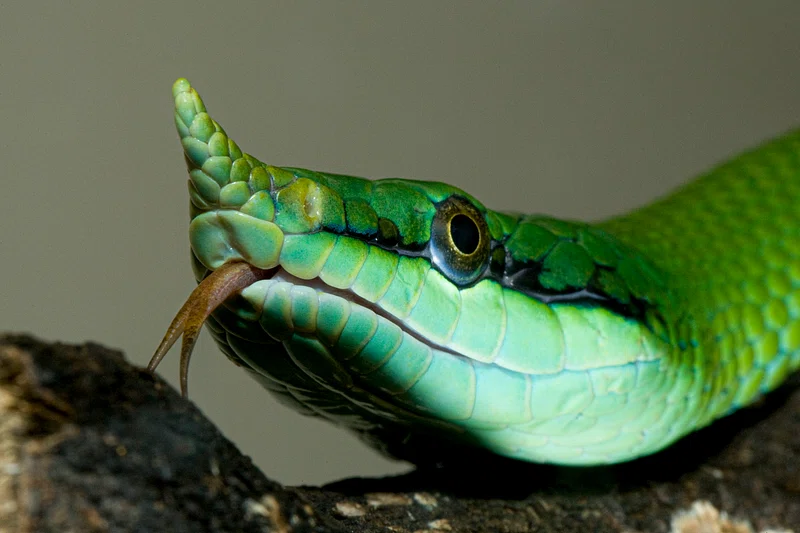
Bild: Smithsonians-National-Zoo-Public-Domain
Ändrar färg under uppväxten
Som man kan höra på namnet lever den vietnamesiska långnossnoken främst i Vietnam. Den lever i fuktiga, kulliga skogsområden nära vatten. Honorna lägger ägg som kläcks efter ungefär två månader. När ungarna kläcks har de en brunaktig färg, som ändras först till blågrå och senare till grön allt eftersom ungarna blir äldre.

Bild: Tylwyth-Eldar-CC-BY-SA
Utbredningsområde i världen
Norra Vietnam och en liten ö i södra Kina.
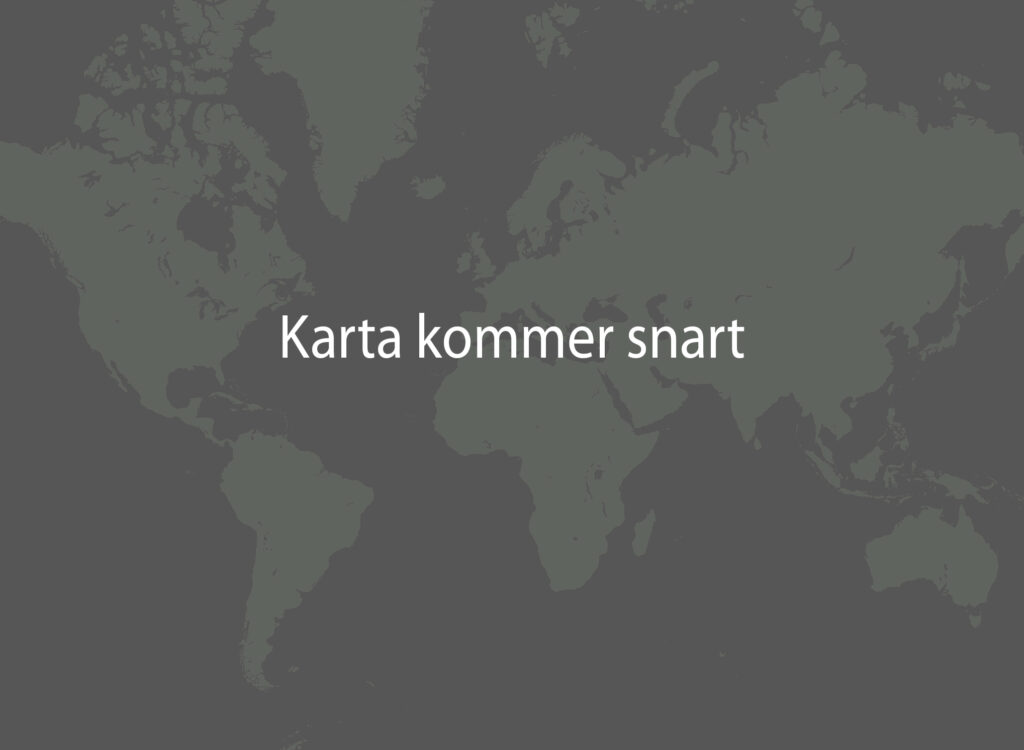
Hotstatus enligt Rödlistan

Reglerad inom handel
CITES: Ej listad.

Vad är Rödlistan?
Rödlistning är ett sätt att bedöma om olika djur- och växtarter är utrotningshotade utifrån kriterier som hur många djur eller växter som finns av arten och hur utbredda de är. En nationell rödlistning bedömer artens risk att dö ut inom ett lands gränser. Den internationella rödlistningen bedömer artens risk att dö ut över hela jorden.
Läs mer

Om rödlistning i Sverige: Artdatabanken, www.artdatabanken.se
Om rödlistning i världen: International Union for Conservation of Nature, IUCN, www.iucn.org

Vad är CITES?
För att bekämpa olaglig handel med djur och växter finns en internationell överenskommelse om handel, som heter CITES. CITES innebär att utrotningshotade djur och växter inte får köpas eller säljas mellan olika länder utan tillstånd.
CITES klassar olika arter i olika kategorier (som kallas Appendix I, II och III) beroende på hur hotad arten är. Ju större hotet från handeln är desto högre skydd. Inom EU finns ytterligare skydd för arter i CITES. EU:s egen klassning har fyra steg: A-D.
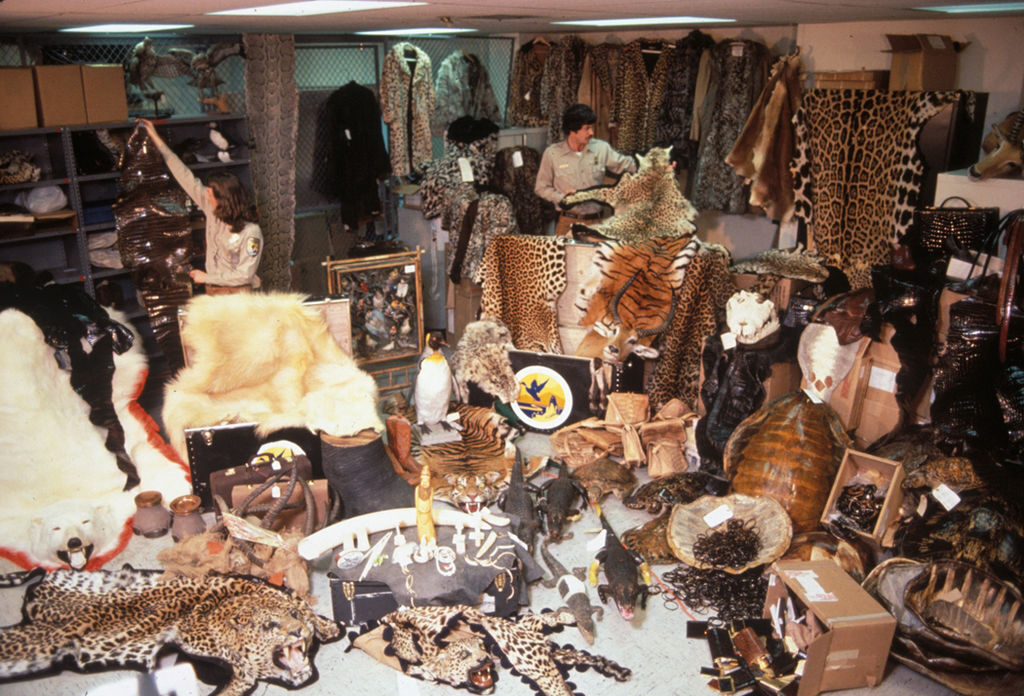
Bild: Steve-Hillebrand
Förbjudet att handla med viltfångade arter
Högst skydd mot handel har de arter som är inom kategori A och B. Här gäller oftast att handel mellan EU och övriga världen är förbjuden utan tillstånd. Arter som är CITES A eller B-klassade får inte heller köpas eller säljas inom EU om det inte kan bevisas att de har lagligt ursprung och inte fångats i det vilda.
Att använda växter eller djur för att tillverka souvenirer och annat är också förbjudet. Den som bryter mot reglerna kan dömas till böter eller fängelse.
Kontrollera spridning av arter
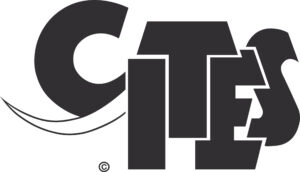
Arter som är CITES C-klassade är utrotningshotade i ett visst land men inte nödvändigtvis i hela världen. CITES D-klassning betyder att en art importeras i så stort antal att de behöver regleras för att inte riskera att sprida sig okontrollerat där de inte hör hemma.

Fast and efficient hunters
Predators come in a variety of forms on Earth and they hunt their prey using many different techniques. Some predators ambush and attack suddenly, while others are active hunters, relying on speed. Evolution has created different adaptations for active hunters. They often have well-developed eyesight, and can run, swim, fly or jump very quickly. Their bodies may be slender, or streamlined to move quickly through water. On land, mammals may have long legs and very slender bodies, with powerful hind leg muscles. And in the air, birds have evolved the ability to dive in search of food.
The cheetah is the fastest land-living animal on Earth. When hunting, it can reach speeds up to 120 km/h, that is, as fast as the highest speed allowed on Swedish freeways.
Photo: Malene-Thyssen-CC-BY-SA
Swifts are birds that live almost all their lives in the air. They hunt for insects, and thanks to their body shape - they can reach a flight speed higher than 100 km/h.
Photo: AlexeySokolov1971-CC-BY-SA
The spotted green snake's slender body and large eyes, tell about its active hunting style.
Photo: Johanna-Rylander-Malmö-Museer
The king cobra is long and slender, but the world's largest venomous snake. It is an active hunter.
Photo: Michael-Allen-Smith-CC-BY-SA
Swift snakes and attacking spiders
The energetic spotted green snake is active during the day, threadlike and swift. It moves nimbly among branches and twigs, in search of lizards and frogs. Several species of venomous snakes in Africa and Asia are called cobras. They have the ability to raise their forebody and spread their front ribs so that their skin is stretched to form a shield. When they catch their prey, they can pounce on it with lightning speed.
Jumping spiders are one of the world’s most diverse families of spiders. They don’t build webs to catch their prey, but instead leap at it in a flash. When a jumping spider moves from one place to another, it shoots its own web towards the place it is jumping from. If the spider then fails to land at the spot it is jumping towards, it can use the web to haul itself back.
Jumping spiders has the best vision of all spiders - a great trait in an active hunter.
Photo: Swaroopsingharoy-CC-BY-SA
The barracuda is slender and streamlined. It can hunt in groups, and swims quickly.
Photo: edmands-CC-BY
The orca is an active hunter, which often combines speed and hunting in groups, in order to best capture its prey.
Fast hunters in water
The barracuda is a large predatory fish, with large sharp teeth in two rows. The barracuda finds its prey by sight, and eats fish of many different species. The species can reach speeds of up to 35 km/h. Once it has selected its prey, it darts like a torpedo through the water after it.
The orca is a mammal that lives in water. It has the ability to swim up to 56 km/h in pursuit of prey. It eats everything from fish and birds to other marine mammals such as seals and sea lions. Orcas are highly intelligent, and can choose to hunt both alone and in groups. They use echolocation to find prey.

Photo: Jakub-Halun-CC-BY-SA
As quick as a weasel
The weasel is a small mustelid that is common in Sweden. The body of the weasel is small, coil-shaped and very flexible. The weasel seeks out small rodents and then dashes after them, snatching them at lightning speed. Like many other active hunters, the weasel has a very high metabolic rate. This means that it must eat frequently, and in large quantities relative to its body weight.

Photo: Kevin-Cole-CC-BY
Diving birds
Many species of birds of prey, such as falcons and hawks, have developed highly effective hunting techniques. They use their superb eyesight to locate prey on the ground. They then dive, with their wings folded back to reduce air resistance, and strike the prey with their talons.

Rhinoceros ratsnake
Gonyosoma boulengeri

Soft and flexible snout
The long “snout” of the Rhinoceros ratsnake does not function as a real snout or nose. It is not made up of bone, nor is it used to smell. Why the snake has such a long “snout” is not really known. Some researchers believe that it is used in mating rituals for fighting. But the snout is soft and flexible because it is made up of skin and scales – and why it exists, no one has really been able to prove.

Photo: Smithsonians-National-Zoo-Public-Domain
Changing colour as it matures
The rhinoceros ratsnake is also called Vietnamese longnose snake. As the name suggests, the snake lives mainly in Vietnam. It lives in damp, hilly wooded areas near water. Females lay eggs, which hatch after about two months. When their young hatch, they have a brownish colour, which changes first to bluish-grey and later to green as the young matures.

Photo: Tylwyth-Eldar-CC-BY-SA
Distribution worldwide
North Vietnam and a small island in southern China.

Threat based on the Red List

Trade regulations
CITES: Not listed.

What is the Red List?
The Red List is a way to assess whether different animal and plant species are at risk of extinction based on criteria such as how many animals or plants of a species exist and how widely distributed they are. A national Red List assesses a species’ risk of dying out within national borders. The international Red List assesses a species’ risk of dying out worldwide.
Read more

About the Red List in Sweden: The Swedish Species Information Centre (Artdatabanken), www.artdatabanken.se/en/
About the Red List worldwide: The International Union for Conservation of Nature (IUCN), www.iucn.org

What is CITES?
CITES (the Convention on International Trade in Endangered Species of Wild Fauna and Flora) is a treaty that makes it illegal to buy or sell animals and plants that are at risk of extinction between countries without a permit.
CITES classifies species into different categories (called Appendix I, II and III) depending on how endangered each species is. In addition, the more the species is threatened by international trade, the higher its level of protection. Within the EU, CITES-listed species are further classified and protected by the EU’s own classification system. This has four Annexes, from A to D.

Photo: Steve-Hillebrand
Ban on trading wild-caught species
The highest protection against trade is given to CITES-listed species included in the EU’s Annexes A and B. Usually this means that trade between the EU and the rest of the world is illegal without a permit. There is also a ban on trading these species within the EU unless it can be proved that they have a lawful origin and were not caught in the wild.
It is also forbidden to use plants or animals to make souvenirs etc. Anyone who breaks these regulations can be fined or imprisoned.
Controlling the spread of species

CITES-listed species that are in the EU’s Annex C are classified as endangered in at least one country but not necessarily in the whole world. An Annex D classification means that individual members of a species may be imported to the extent that they do not need to be regulated to avoid any risk of them spreading uncontrollably where they do not belong.
